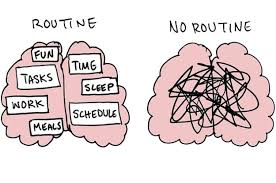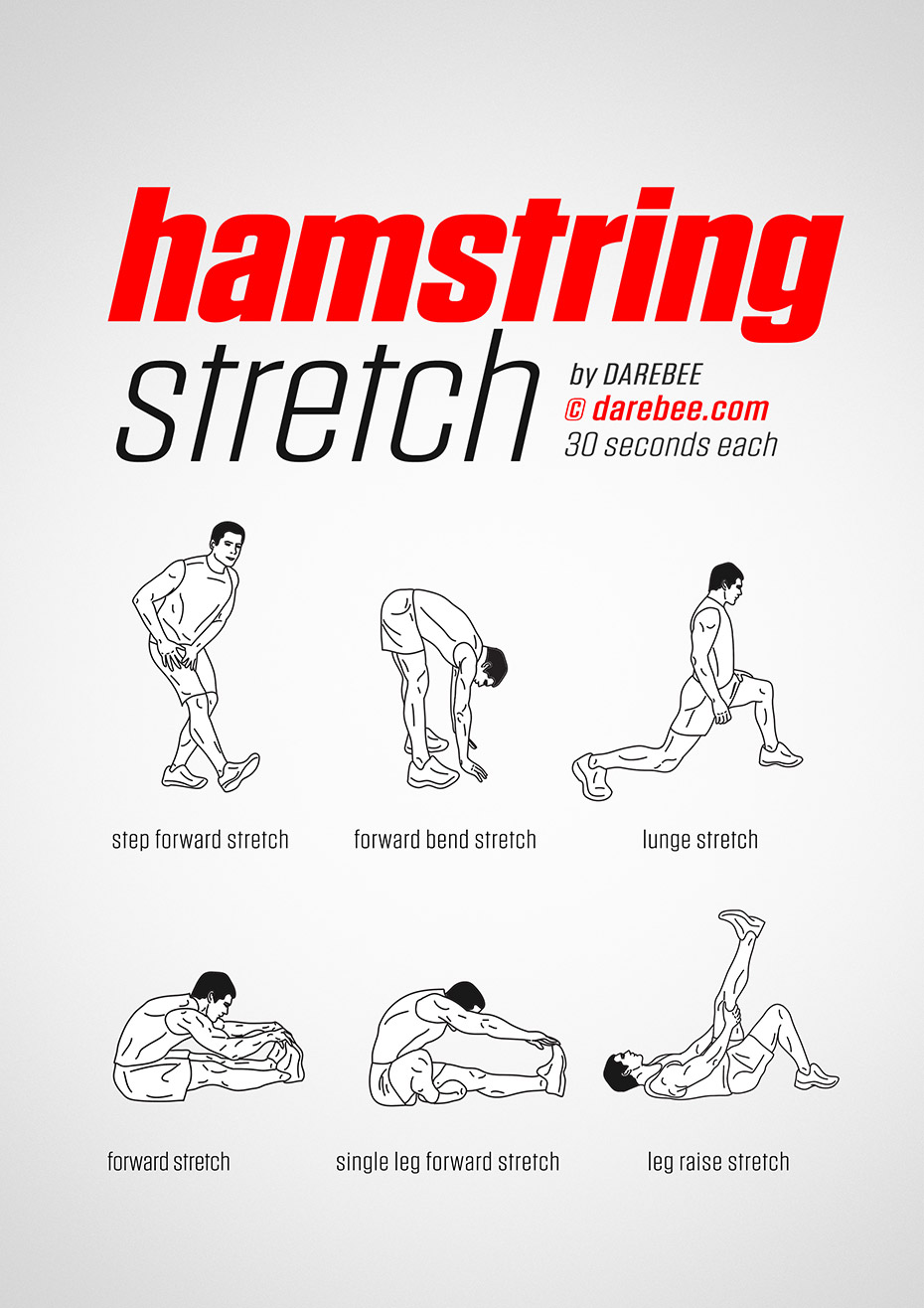
What is ADHD?
Definition: Attention-Deficit/Hyperactivity Disorder is a “neurobehavioral disorder
characterized by pervasive inattention and/or hyperactivity-impulsivity and
resulting in significant functional impairment.”1
A Real Disorder: In 2002, 75 scientists from around the world discussed the continuing
inaccurate portrayal of ADHD and, in response, signed an “ADHD Consensus
Statement:”
“As attested to by the numerous scientists signing this document, there is no question
among the world's leading clinical researchers that ADHD involves a serious deficiency in a set
of psychological abilities and that these deficiencies pose serious harm to most individuals
possessing the disorder….And there is no doubt that ADHD leads to impairments in major life
activities, including social relations, education, family functioning, occupational functioning,
self-sufficiency, and adherence to social rules, norms, and laws….."
What Causes ADHD?3
The causes/etiologies of ADHD are still not entirely known or agreed upon.
Research has shown GENETICS play important role in ADHD—(if parent
has ADHD, 20-50% of children will have ADHD as well).
There is scientific evidence that persons with ADHD have differences in
their:
o Structure of the brain
o Chemicals in the brain that play a role in regulating attention and
activity (serotonin, dopamine, norepinephrine)
o Activation in areas of brain that affect impulse control and attention
However, other non-genetic factors also play role including:
o Maternal alcohol/tobacco use during pregnancy
o Prematurity
o Perinatal brain insults, trauma, infections
o High exposure to lead
Child’s environment plays important role in symptoms
No Evidence that sugar, food additives, or poor parenting skills play any
role.
Diagnosis is based on criteria in DSM IV (Diagnostic and Statistical Manual of Mental
Disorders, 4th edition. Manual from American Psychiatric Association that lists all
mental health disorders for children and adults as well as the criteria for diagnosing
them).
Diagnosis Must Include:
Duration: Symptoms must be present for at least 6 months
Early Onset: Onset of symptoms before age 7
Settings: Symptoms must be present in at least two different settings (e.g.
home AND school)
Impact: Must cause clear, significant functional impairment in academic or
social life.
Must exclude other diagnosis including mental retardation, Pervasive
Developmental Disorder, psychosis, mood disorder.
Three types:
o Predominantly Inattentive Type—difficulty with
organizing/completing a task, following instructions, paying
attention to details; often misplaces items
o Predominantly Hyperactive-Impulsive Type—difficulty with
sitting still for long periods of time, waiting in line, listening. Often
fidgety, talkative, blurts out answers.
o Combined Type—Symptoms of both types are present

How do I distinguish poor behavior or not paying attention from true ADHD?
o Many students exhibit some symptoms of hyperactivity and/or inattention;
however does not necessarily mean they have ADHD.
o Important that student meets criteria for true diagnosis, including
significant impairment, presence of symptoms in at least two settings.
o If ADHD is suspected, it is important that the student undergoes a
complete evaluation
Diagnosis of ADHD is made based on DSM-IV criteria by a physician. However,
diagnosis can’t be made without input from child’s school as DSM-IV requires symptoms
to be present in multiple settings. Therefore a teacher must play an important role in
the identification and diagnosis of students with ADHD.
REFERRALS:
o If a teacher suspects a student has symptoms of ADHD, he/she should refer to
SBHC and talk with student’s parents about specific concerns.
o The SBHC will be in contact with student’s parents and primary physician to
begin the evaluation.
EVALUATIONS:
o “The assessment of ADHD requires evidence directly obtained from the
classroom teacher (or other school professional) regarding the core symptoms of
ADHD, the duration of symptoms, the degree of functional impairment, and
coexisting conditions.” (From the American Academy of Pediatrics’ Clinical Practice
Guideline: Diagnosis and Evaluation of the Child With ADHD.)
o As part of the evaluation of a student, a primary physician will likely request a
teacher fill out a questionnaire/rating scale. Examples include:
Conner’s Teacher Rating Scale
Long version-- 59 items
Short Version--28 items
ADD-H Comprehensive Teacher Rating Scale (ACTeRS)
NICHQ Vanderbilt Assessment Scale
SNAP-IV Teacher Rating Scale
o These evaluations are an important part of the evaluation/diagnosis of a student
with ADHD
How Does ADHD Affect Our Students?
ADHD is the most common childhood psychiatric disorder
Estimated 4-12% childhood prevalence of ADHD. (CDC’s 2003 National Survey of
Children’s Health found 7.8% prevalence in children in the U.S.1
)
Boys are 3-4 times more likely to be diagnosed with ADHD than girls (whether
this represents true prevalence is debated as boys are more likely to have
Hyperactive-Impulsive type and therefore may just be more easily identified).
Between 60-85% of children with ADHD will still meet criteria for ADHD as
adolescents.2
30-70% of children with ADHD will continue to have symptoms as
adults.3
Percent of Youth 4-17 ever diagnosed wi

TREATMENT OF ADHD
Treatment of ADHD involves several different modalities
I. Identification, Evaluation, and Diagnosis is First Step
Without proper evaluation and diagnosis, many child with ADHD go un-treated
As discussed earlier, failure to treat ADHD can have a significant detrimental
impact on a student’s life.
Evaluation should always include looking for co-existing disorders including
learning disorders.
Multiple re-assessments often required.
II. Behavioral Modifications1
:
Goal is to modify the physical and social environment to result in behavioral
changes.
Aim to increase structure, limit distraction
Positive reinforcement for desired behavior and setting consequences for
inappropriate behavior.
Need for consistency and repetition of rewards and consequences
TABLE 2
Effective Behavioral Techniques for Children With Attention-Deficit/Hyperactivity Disorder 2
Positive reinforcement
Providing rewards or privileges contingent on the child's
performance.
Child completes an assignment and is
permitted to play on the computer.
Time-out
Removing access to positive reinforcement contingent on
performance of unwanted or problem behavior.
Child hits sibling impulsively and is
required to sit for 5 minutes in the corner
of the room.
Response cost
Withdrawing rewards or privileges contingent on the
performance of unwanted or problem behavior.
Child loses free time privileges for not
completing homework.
Token economy
Combining positive reinforcement and response cost. The
child earns rewards and privileges contingent on
performing desired behaviors and loses the rewards and
privileges based on undesirable behavior.
Child earns stars for completing
assignments and loses stars for getting out
of seat. The child cashes in the sum of
stars at the end of the week for a prize
Classroom Specific Modifications: There are many suggestions for teachers to improve
academic achievement and behavior in students with ADHD; these include:
Daily/weekly progress reports for student and parents
Work with parents/physician to set clear goals/expectations
Seat student away from hallway or windows to minimize distractions
Keep instructions short and simple
Assign physical tasks intermittently (e.g. passing out pencils; collecting homework.)
Work on most difficult task/concepts earlier in the day
Stimulants are the most common type of medication used in treatment of ADHD.
Examples include Ritalin, Adderall, Concerta, Dexedrine.
These medications have shown benefits in up to 80% of children with ADHD
Mechanism of action not fully understood, but thought to act on neurotransmitter
(brain chemical) system to decrease symptoms of ADHD.
Various formulations (long acting vs. short acting) result in varied dosing
schedules (e.g. once a day, twice a day, “drug holidays,” etc.)
Most common side effects include decreased appetite, difficulty sleeping,
drowsiness, increased anxiety/irritability, and stomachache/headache.
Side effects are usually dose-dependent, so if a teacher notices these side effects,
he/she should speak with student’s parent who should speak with physician about
possible dose adjustment.
No evidence that lead to drug addiction/abuse (in fact, teenagers with ADHD on
stimulants less likely to abuse drugs than those with un-treated ADHD.)
Newer drugs that are not stimulants (e.g. Strattera) now being increasingly used,
but limited data on effectiveness and side effects exist.
IV: Most Effective Treatment Involves Multiple Modalities
Studies have shown that combination of medical management and behavioral
modification is an effective way of treating ADHD1
Effective diagnosis and treatment of ADHD requires constant communication
between the parent, teacher, and physician
Always remember to look for co-existing conditions and need for special
accommodations (e.g. IEP).



























